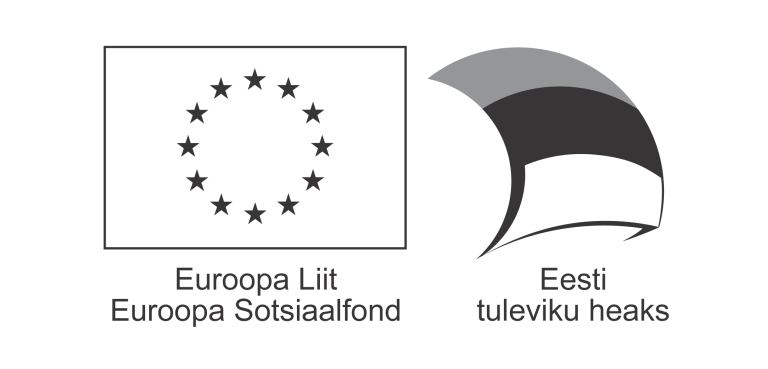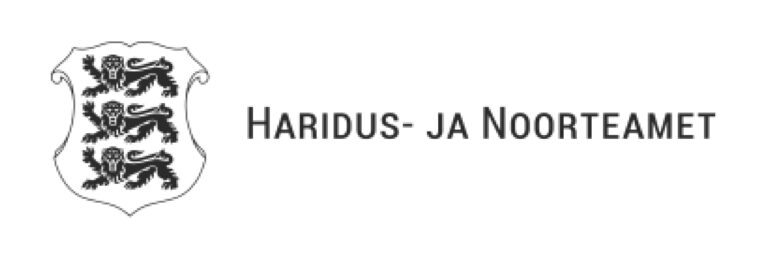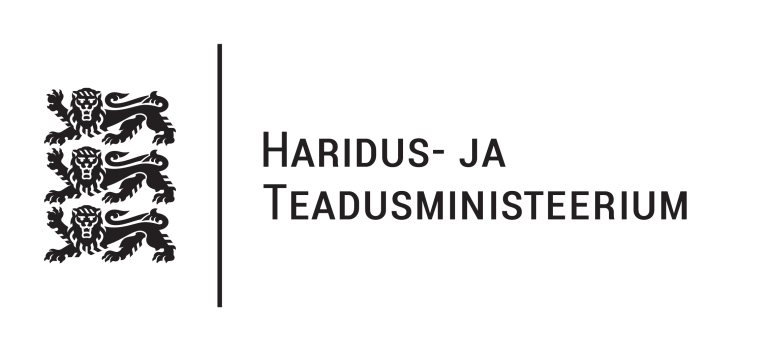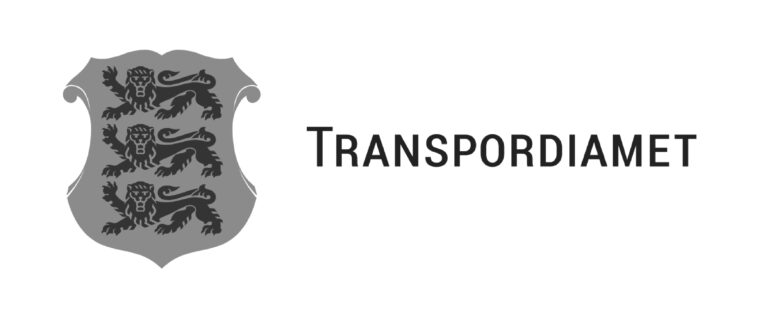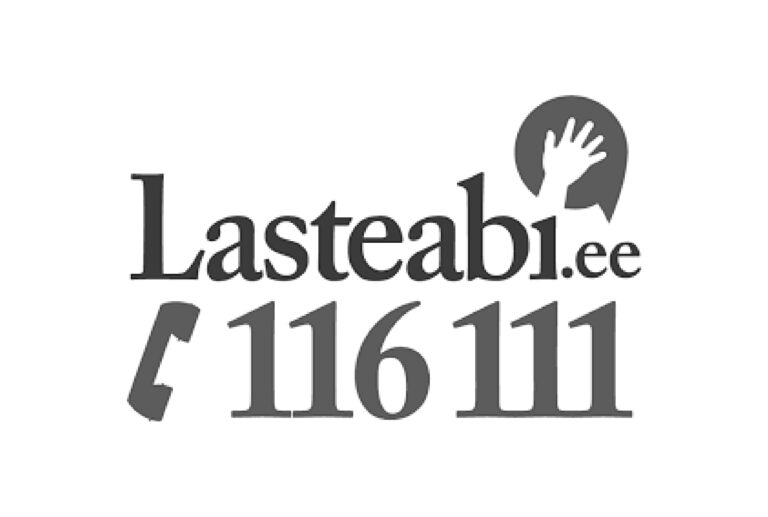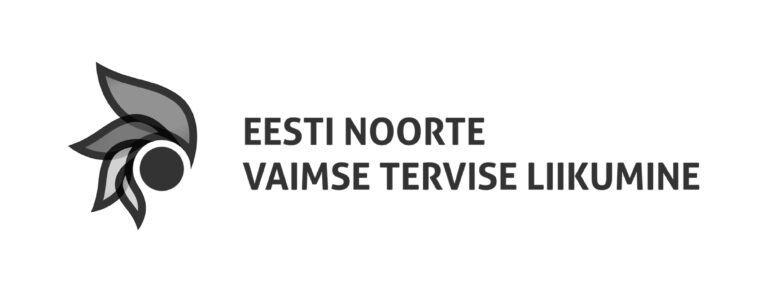Sexuality may be complex and it manifests in various ways.
Everyone has a sexuality. It is the central part of who we are. Your sexual identity may remain the same throughout your life or change over time. Many people identify as heterosexual, bisexual, gay or lesbian, but these are not the only sexual identities. People may also identify as asexual, which means that they experience little or no sexual attraction or desire for other people. For some people, it is important to define their sexuality. Many people also decide not to use a label to define their sexuality.
People’s sexuality manifests in various ways. Just like we cannot choose our parents, skin colour or place of birth, we cannot choose the biological sex assigned to us at birth or sexual orientation and identity.
What does sexual orientation mean?
Part of your sexuality is sexual orientation. Sexual orientation is who you fancy. It may be a person of another gender, a person of the same gender or all or none of the above. Gender is how you identify yourself. Genders include, for example, male, female, non-binary, genderqueer, agender and many more. As a teenager, you may start to explore your sexuality and sexual identity to find out what you are into.
You may feel uncertain about your sexual orientation or the gender you find attractive may change over the course of your life. That is completely okay – many people are drawn to people of different genders or the people they like sexually vary at different stages of their life.
Remember that sexual orientation differs from gender identity. It is important to keep in mind that your gender identity does not determine other aspects of your life, such as your sexual identity or your sex life. Your sexual identity depends on who you fancy and your gender identity is who you are.
Definitions:
LGBT, LGBT+ – an acronym referring to people of various gender and sexual identities, such as lesbian, gay, bisexual, transgender, queer, intersex, asexual people and more. The plus sign signifies other categories of gender and sexual identity, which the terms above do not accurately cover.
Lesbian – a woman who feels emotional and physical attraction to women. Linguistically, it is also correct to say ‘homosexual woman’.
Gay – a man who feels emotional and sexual attraction to men. It is also used as a general term for both homosexual men and women. Linguistically, it is also correct to say ‘homosexual man’.
Bisexual person – a person who feels emotional and/or sexual attraction to people of the same or a different gender. Some people identify as bisexual if they fancy women and men, while others define bisexuality as attraction to people of the same as well as any other gender.
Transgender – a person whose sex differs from the one they were assigned at birth.
Homosexual person – a person who feels emotional and physical attraction to people of the same gender.
Heterosexual person – a person who feels emotional and sexual attraction to another gender, traditionally the so-called opposite sex, i.e. a man to women and a woman to men.
Asexual person – a person who feels no sexual attraction to other people or feels it rarely, to a small degree or only under certain conditions. Asexual people may or may not want physical, romantic or platonic intimacy. Asexual people can be heterosexual, homosexual, bisexual, etc.
Read more here.
Some people know their sexual identity from a young age, some figure it out at various stages of their life and some people assign themselves a different identity several times throughout their life. It is important to remember that not all people fit exactly into one of these categories and some people do not identify as LGBTI+ or heterosexual.
Am I LGBT+?
If you usually feel emotional and sexual attraction to people of the same gender, you may be gay or lesbian. If you feel attracted to more than one gender, you may be bisexual. If you are drawn to people regardless of their gender identity and expression, you may be pansexual. If you feel little or no sexual attraction or desire, you may be asexual. If your gender identity and/or gender expression differs from the gender assigned to you at birth, you may be transgender. If you feel like your gender identity is not just female or male or is in between or beyond the gender binary, you may be non-binary.
If you think you are gay, lesbian, bisexual or any other sexual identity, there is nothing wrong with exploring these feelings and having relationships to help you decide. Many people experience crushes on people of the same gender when growing up and it may mean they are gay or lesbian, but they may not be. Their feelings may also change and they may discover over time that they are more attracted to people of the same or different gender.
Some transgender people have known they are transgender from a very young age, while others may realise it much later. Regardless of someone’s age, it is important to respect their gender identity and trust that they know themselves best. For some people, discovering their gender identity is a process that takes time and they may identify differently at many points in their life. Others may have one gender identity all their life and never question it.
Sexuality may be a constantly evolving part of a person’s identity.
Talk to someone about your thoughts and feelings
Identifying your sexuality, feeling content about it and learning to know yourself is a process that may take time and there is no set timeline you have to follow. You may feel that you are ready to tell certain people in your life, and that is great, but you do not have to tell anyone if you feel uncomfortable doing it.
The opinion of friends and family can mean a lot to us and it can be nerve-wracking to hide something from them or decide to tell them. If you are having issues with your feelings about telling someone that you are LGBTI+, it may help to talk about it. See more: Counselling and support groups | Estonian LGBT Association
If you think you are LGBTI+, it may help to connect with other LGBT+ youth. It may help you learn more about yourself and make friends with similar experiences. You may also contact the Estonian LGBT Association at https://www.lgbt.ee/.
The Estonian LGBT Association is an advocacy organisation committed to ensuring that the state provides equal opportunities to LGBT+ people. To that end, the association uses strategic advocacy to influence policies and legislation, offers primary legal and psychological counselling and peer counselling to LGBT+ people and their loved ones, trains specialists of various fields so they know how to take LGBT+ people into account in their work, and coordinates the network of Estonian LGBT+ activists to be stronger and more effective as a united front.
The article was written based on the website of the Estonian LGBT Association www.lgbt.ee and www.spunout.ie.
The Estonian LGBT Association is a non-profit organisation working for the benefit of LGBT+ people (lesbian, gay, bisexual, transgender people and people of other types of sexual and gender identities and expression).
Spunout is Ireland’s youth information website.
Published on the youth information portal Teeviit in 2022.

